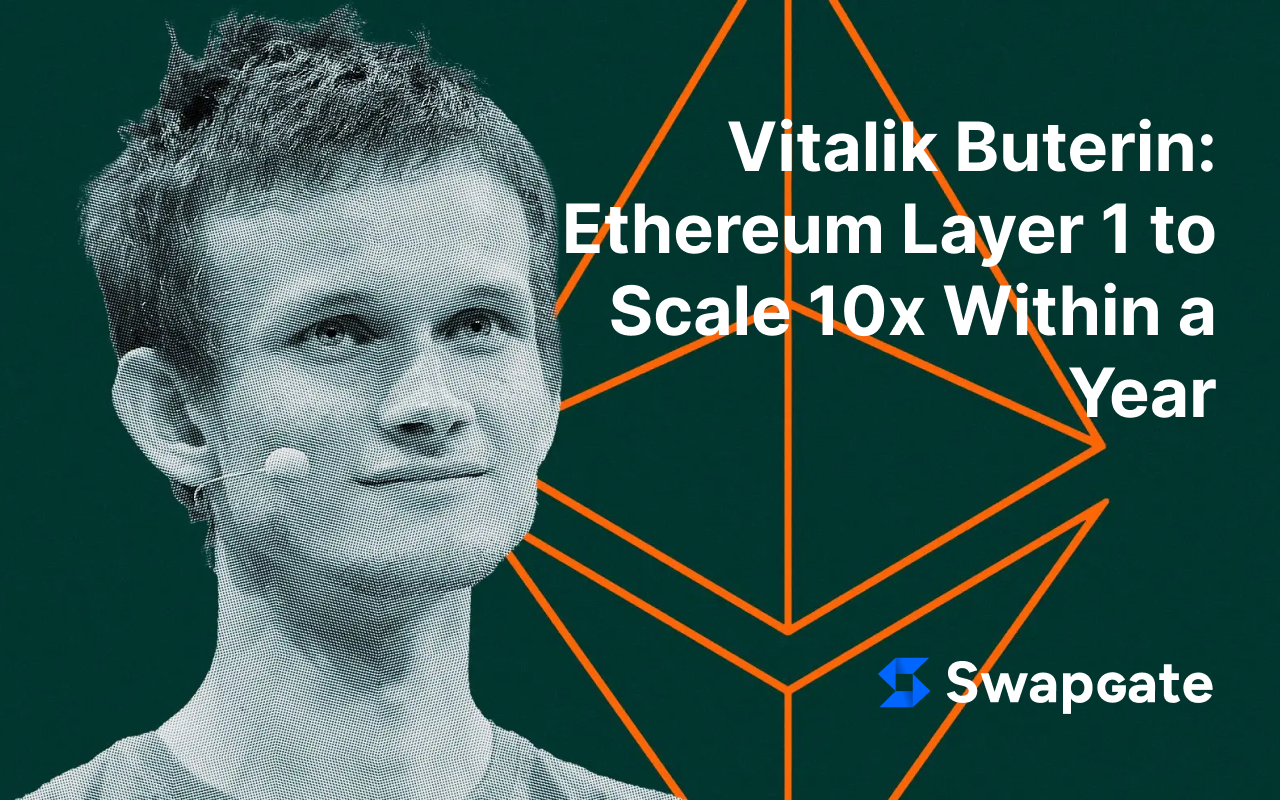
Ethereum co-founder Vitalik Buterin has announced plans to scale the network’s Layer 1 (L1) by tenfold within the next year, aiming to enhance transaction throughput and reduce fees while maintaining decentralization.
Scaling Ethereum’s Base Layer
Speaking at ETHGlobal Prague in early June 2025, Buterin emphasized the need for a cautious approach to scaling Ethereum’s base layer. He stated, “We should scale L1 by about 10x over the next year and a bit,” highlighting the importance of balancing scalability with decentralization.
The proposed scaling aims to address long-standing issues of network congestion and high transaction fees, making Ethereum more efficient and accessible for users and developers alike.
Technical Roadmap
To achieve this scaling, several technical upgrades are planned:
-
Delayed Execution: Implementing mechanisms to optimize transaction processing times.
-
Block-Level Access Lists: Enhancing the efficiency of transaction validation.
-
Network-Level Optimizations: Improving data propagation across the network.
-
Distributed History Storage: Reducing the storage burden on nodes by distributing historical data.
Buterin also mentioned the potential for a “breather” period post-upgrade to assess the network’s decentralization and stability before proceeding with further enhancements.
Community and Market Response
The Ethereum community has largely welcomed the scaling plans, viewing them as a significant step toward improving the network’s performance and user experience. However, some experts advocate for more aggressive scaling strategies.Ethereum researcher Dankrad Feist, for instance, has proposed a 100x scaling plan over the next four years.
In the market, Ethereum’s price has seen modest fluctuations, trading around $2,500 following the announcement. While the immediate impact on price has been limited, the long-term effects of improved scalability could enhance Ethereum’s competitiveness against other blockchain platforms.
Looking Ahead
Ethereum’s planned Layer 1 scaling represents a pivotal development in its ongoing evolution. By focusing on measured, secure enhancements, the network aims to bolster its infrastructure to support a growing ecosystem of decentralized applications and services. As these upgrades roll out, stakeholders will be closely monitoring their impact on Ethereum’s performance, decentralization, and market position.